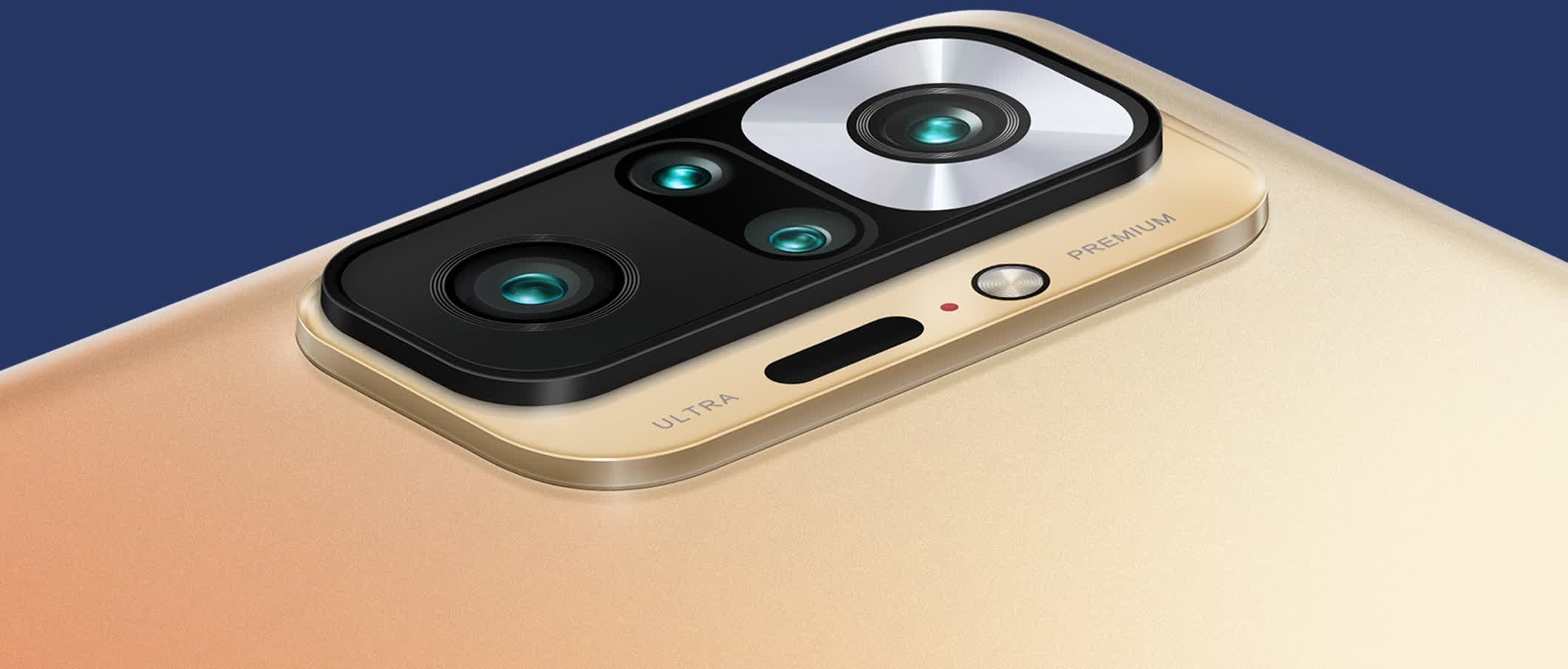Most phone shoppers would be rocking the latest and greatest model, were it not for budget constraints, a lack of convincing new features, or the fact that their daily driver is chugging along just enough to not warrant a replacement. Also, newer Android and iOS flagships tend to get more expensive each year with marginal improvements to performance, at least on the surface. Factor in the rapidly rising global inflation, and there's even more reason to look at older models that can still offer a solid mix of features and performance without hurting your wallet.
You won't get the latest SoC, camera tech, and a few other bells and whistles with our great value choices, however, these phones are capable of handling almost everything you can throw at them. From social media apps to content consumption and connectivity, photography/videography and gaming, these phones only fall behind slightly in terms of battery life and charging speeds, as phone makers are still able to offer noticeable improvement in these areas by putting in more efficient chips and cramming bigger batteries in newer devices.
You'll also need to manage expectations when it comes to software support. While these phones won't be obsolete for at least a few years, they will ultimately run out of software and security updates sooner due to simply having older hardware. Nevertheless, that's a concern for down the road with our great value picks, which offer ample performance and features right now for under $500.
- Best specs dollar for dollar
- Affordable 5G
- Budget Pixel, but...
- Samsung's mid-ranger
- Best Affordable iPhone
Best specs dollar for dollar
Xiaomi Redmi Note 10 Pro

The Redmi Note 10 Pro was already great value when it came out in 2021, and now looks like an even sweeter deal for $238. In many key areas, this phone matches or beats other midrange and flagship devices that cost significantly more.
The Redmi Note 10 Pro will impress you with its huge, vibrant and silky smooth 6.67" 120Hz AMOLED display, an 8-core Snapdragon 732G SoC paired with 6GB/128GB of microSD expandable storage, and a 108MP quad-camera setup comprising a capable macro lens. There's no 5G connectivity, but that may be an afterthought for many.
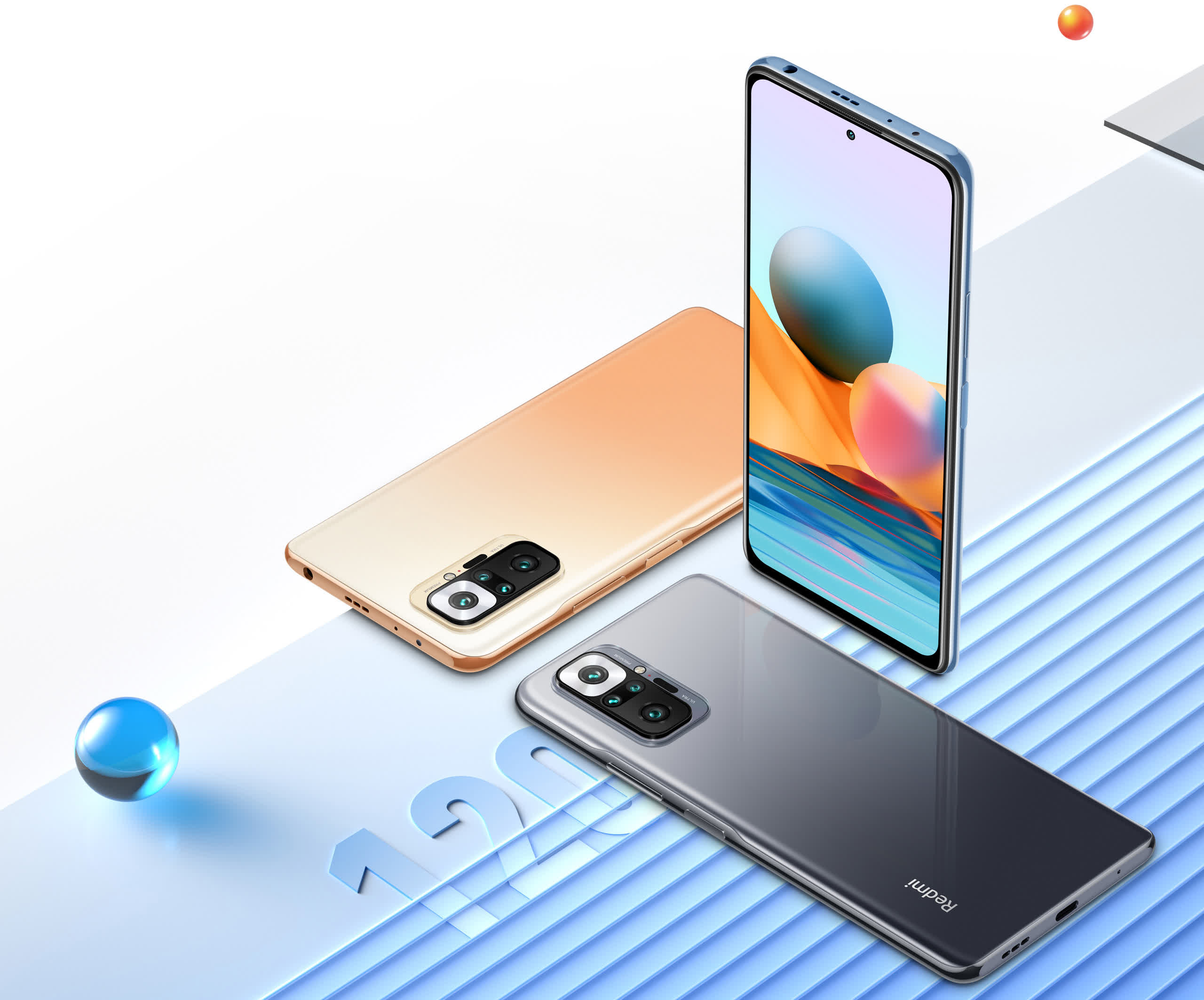
Xiaomi has also crammed in a chunky 5,020-mAh battery inside the dust and splash resistant body, and included niceties like a 3.5mm jack and an IR blaster, so you can use this Redmi as a universal remote.
Xiaomi's slightly bloated MIUI 12 Android skin doesn't shine like the hardware it runs on, but its iOS-inspired look is sprinkled with unique features like Super Wallpapers, an advanced battery saving mode, and intuitive gestures. As a mid-tier Android phone that still offers great value, the Redmi Note 10 Pro is worth checking out.
Affordable 5G, OnePlus fans rejoice
OnePlus Nord 2 5G
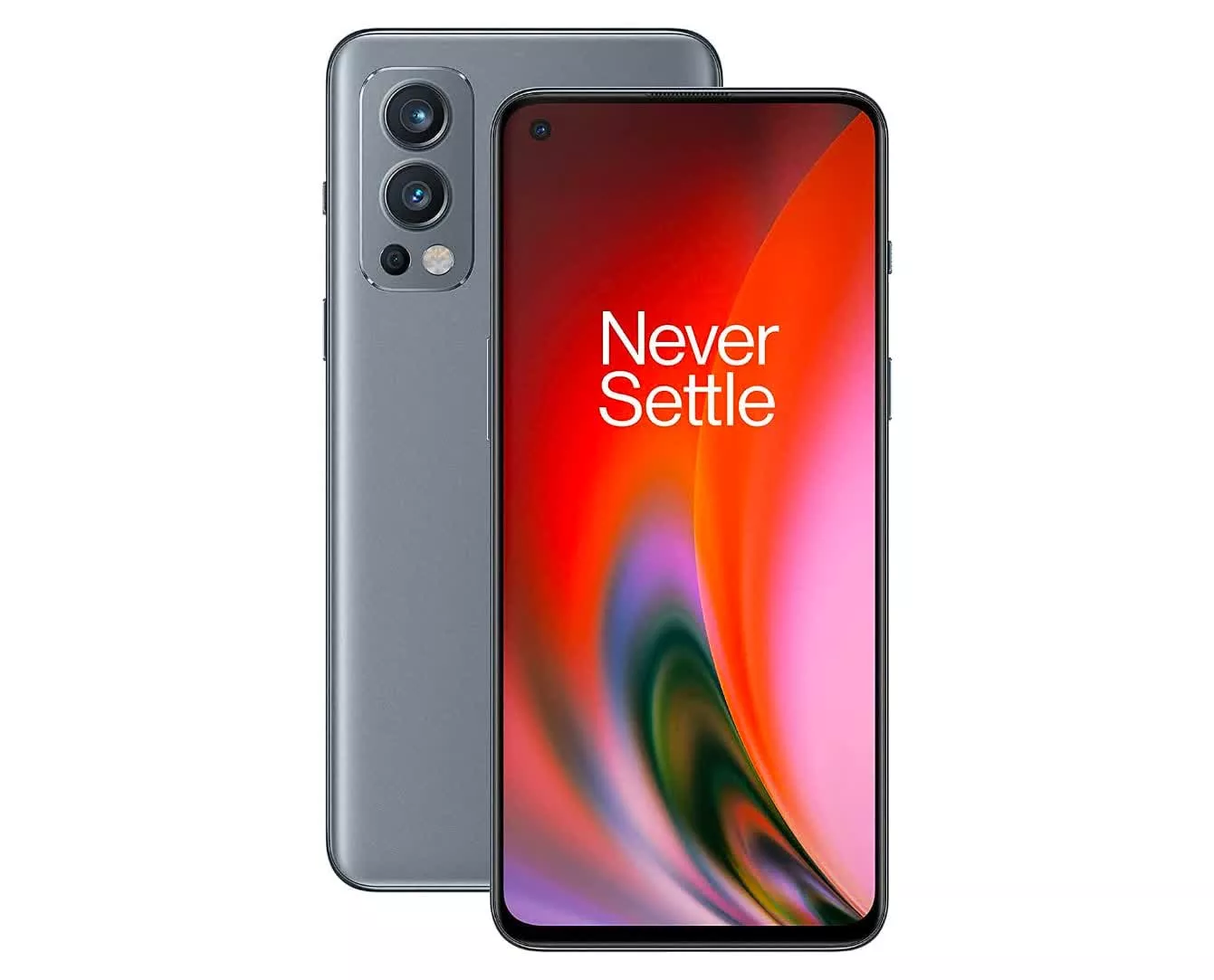
The OnePlus Nord line has garnered more interest from the company's core audience than its latest flagship offerings, simply because the mid-range series delivers more value for money. Although the $385 Nord 2 5G cannot compete with the Xiaomi above in terms of sheer specs and price, it does sport 5G and packs a solid list of features inside an elegantly designed body that's more reasonably sized.
The Nord 2's 6.43-inch AMOLED display refreshes at 90Hz, which hits the sweet spot of performance and efficiency. Its 8-core MediaTek Dimensity 1200 SoC is a capable platform that's paired with 6GB/128GB of non-expandable storage. The triple-camera system on the back uses the same 50 MP Sony IMX 766 sensor in the primary lens as found on the OnePlus 9 Pro flagship, and there's a 32 MP selfie camera in the punch-hole display for your social needs.
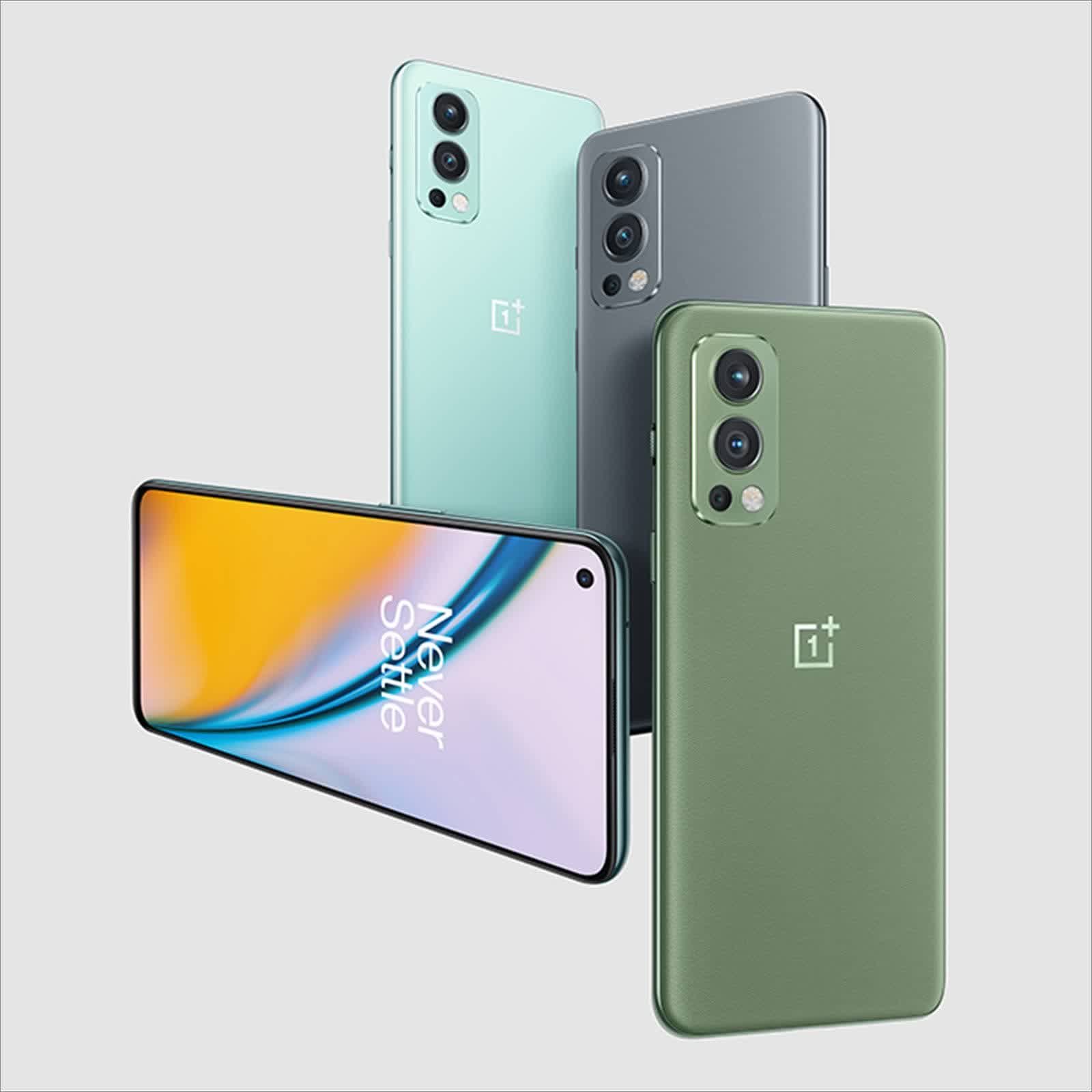
You also get a fancier, optical under-display fingerprint sensor, as opposed to the side-mounted units that are more common in this segment, including the Xiaomi. Another party piece of the Nord 2 is its long-lasting 4,500-mAh battery that has 65W charging support for speedy, toasty refills.
The Nord's minor weaknesses comprise the lack of a headphone jack, and OxygenOS that's slowly becoming more Samsung and Oppo-like, and less OnePlus. However, this fading originality only irks hardcore OnePlus fans, and won't be a concern to most casual users who'll find the Nord's software more than adequate. This phone will be officially supported up till Android 13 and is expected to get security updates until mid-2024.
Solid, but Pixel 6a is around the corner
Google Pixel 5a 5G

Update (Jul 22): The Pixel 6a will hit shelves on July 28 but reviews are now in and it's a solid mid-range smartphone with some great features including incredible battery life, quality cameras, and a powerful Tensor SoC. The only reason to pick the Pixel 5a over the 6a is if you get a pretty solid deal on it.
---
Google's phone ambitions took a big, bold leap with the Pixel 6 and 6 Pro, leaving the Pixel 5a as the company's last Pixel to sport that Nexus-like understated, classy look. Although the aesthetics lack excitement, the Pixel 5a 5G excels in almost every other area for a tempting $379.
You might want to hold on to that money, considering this phone's successor, the Pixel 6a, will be out very soon, and for the same price. However, as the current situation stands, the Pixel 5a 5G is the only affordable Google phone that comes with stock Android, 5G connectivity (sub-6GHz only), superb camera performance, and a 3.5mm headphone jack.

There's also the matter of what little (or big) annoyances could potentially come with the Pixel 6a. Given the Pixel 6/6 Pro have suffered from numerous issues since release, mostly credited to Google switching from Qualcomm's SoC to its in-house Tensor chip, the Pixel 5a with its Snapdragon 765G 5G and 6GB/128GB of memory and storage is a relatively safe purchase that has received universally favorable reviews for strong battery life, fast performance, great value, and stellar cameras.
The Pixel 5a's 6.45-inch OLED display is punchy and bright, though it refreshes at a slower 60Hz (like the upcoming 6a). However, it also packs a bigger battery than its successor, and has an all metal build – unlike the 6a's plastic rear - for a more premium feel.
With at least 3 years of software and security support, the Pixel 5a 5G is guaranteed official updates until August 2024. While not industry leading, getting two more years of coverage for an affordable Pixel doesn't sound like a bad deal, especially when the rest of the phone leaves little room for complaint.
Possibly Samsung's top mid-ranger
Samsung Galaxy S20 FE 5G

Samsung introduced the Fan Edition of its S-series flagships as a way to regain some of the loyalty and interest it had lost from the flagships' most hardcore audience. With the S model going after that year's iPhone, the more affordable FE variant quickly became the better value phone. Case in point: the 2020 Galaxy S20 FE 5G is currently going on Amazon for $499 (or $424 for the non-5G version).
Samsung's newer Galaxy S21 FE or the mid-tier A53 5G might seem the better buy at first, however the S21 is more expensive and the A53 makes slightly unwelcome changes. The S21 FE also drops microSD expansion, while the A53 features an Exynos 1280 chip that's known for its sluggish performance.
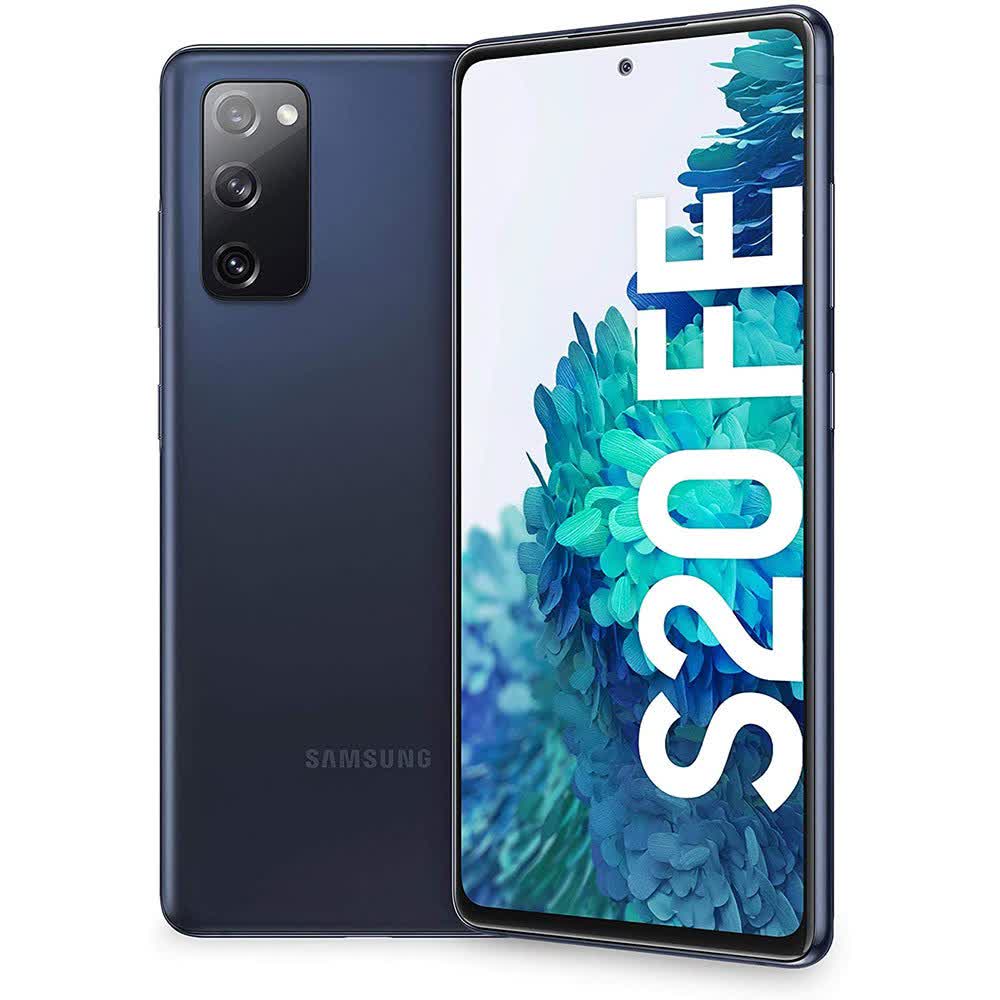
The Snapdragon 865 in the S20 FE remains a powerful SoC, and the rest of the phone is sprinkled with flagship-grade components, including a 120Hz FHD AMOLED, 6GB/128GB of microSD expandable storage, a capable triple-camera system, IP68 dust/water resistance, an under-display fingerprint sensor, and a chunky 4,500-mAh battery.
There's also wireless and reverse wireless charging, a feature you're unlikely to find on a phone in this price range. Combine it with Samsung's feature-rich Android experience and decent software support, comprising 3 years of OS updates (likely up to Android 13 for the S20 FE), plus 4 years of security patches, and you end up with a compelling Android phone that's protected until at least 2024.
Best Affordable iPhone
Apple iPhone 11

The iPhone 11 isn't just a sensible upgrade for those still holding onto their aging (and now outdated) iPhone 6s and 7 series. It's also a relatively affordable point of entry for those looking to try iOS on a large display, sans 5G connectivity.
Despite running an older A13 Bionic chip, the $499 iPhone 11 is still better overall, and therefore more expensive, than the $430 iPhone SE - 2022, which simply demands too much of a sacrifice in terms of the outdated, low-res display and form-factor for its otherwise powerful internals.
Although the 6.1-inch LCD on the iPhone 11 can't compete with the high-refresh rate OLED Android rivals, it's still a decent experience for an iPhone, where users typically care more about Apple's ecosystem, and less about sheer pixel count and specs. While you're unlikely to notice performance hiccups with just 4GB of RAM, the 64GB storage on the $499 base model will feel stingy once photos and videos start piling up from the phone's capable 12MP dual-cameras.
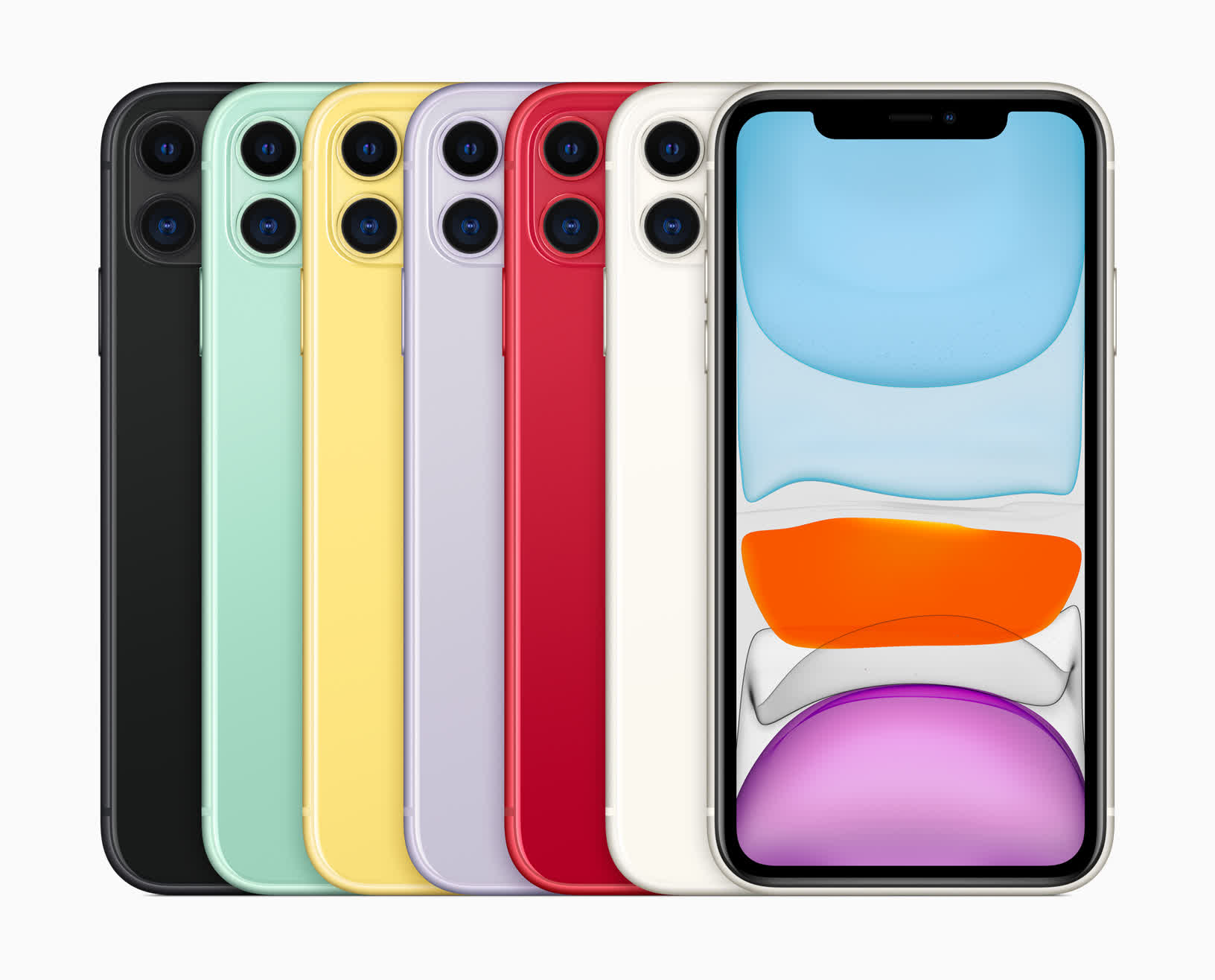
Thankfully, Apple was a bit more generous in terms of battery capacity and packed a bigger unit on this model (even larger than the iPhone 12), which means you'll be charging it less often, either through 18W wired or via the slower Qi wireless charging. It's also the only phone on this list to have the most value in terms of software and security coverage. Apple's typical six-years of support means you can expect OS updates through 2025, which makes it the best value iPhone under $500.
